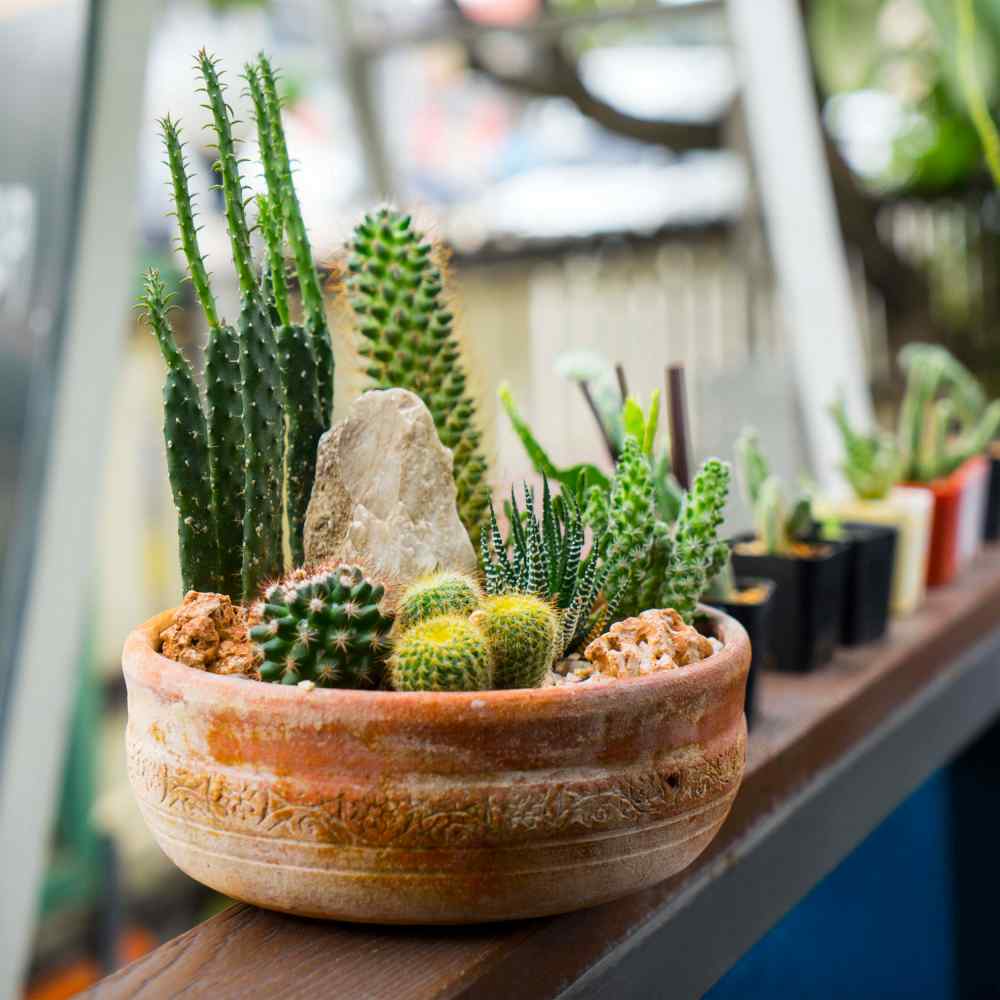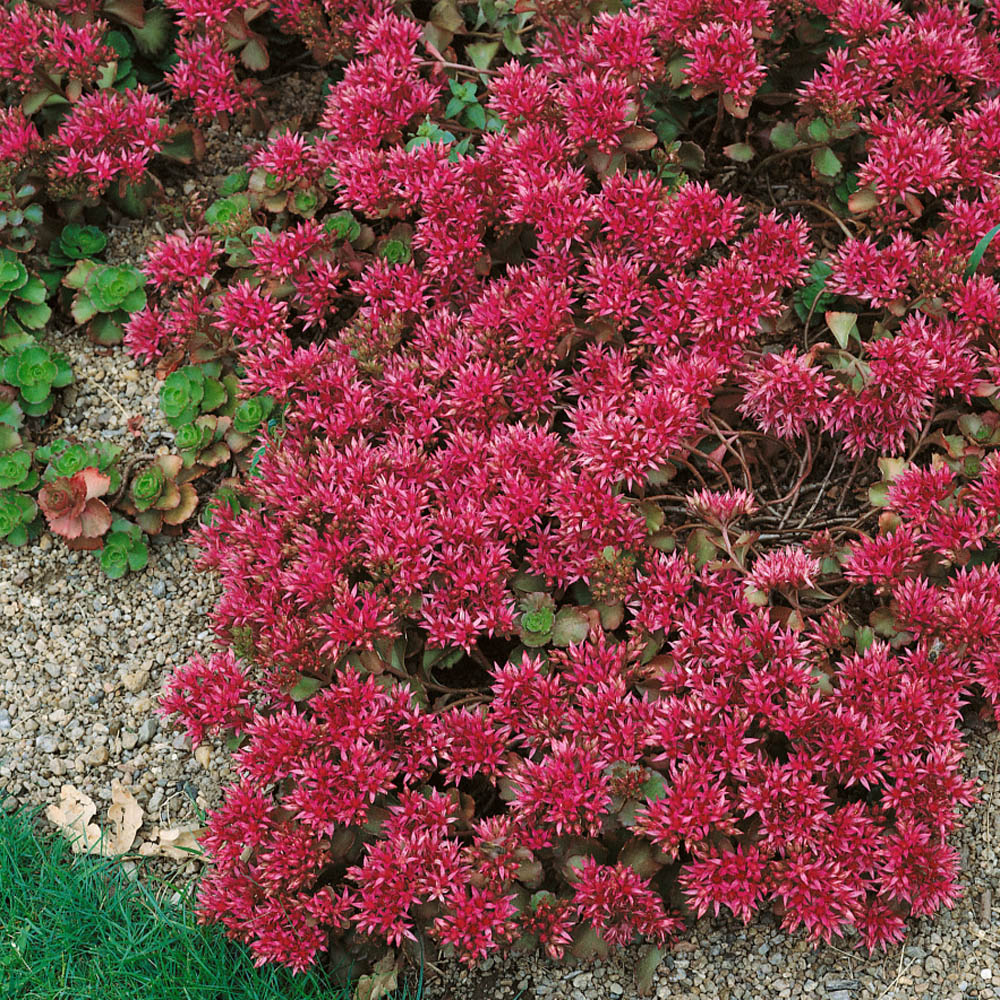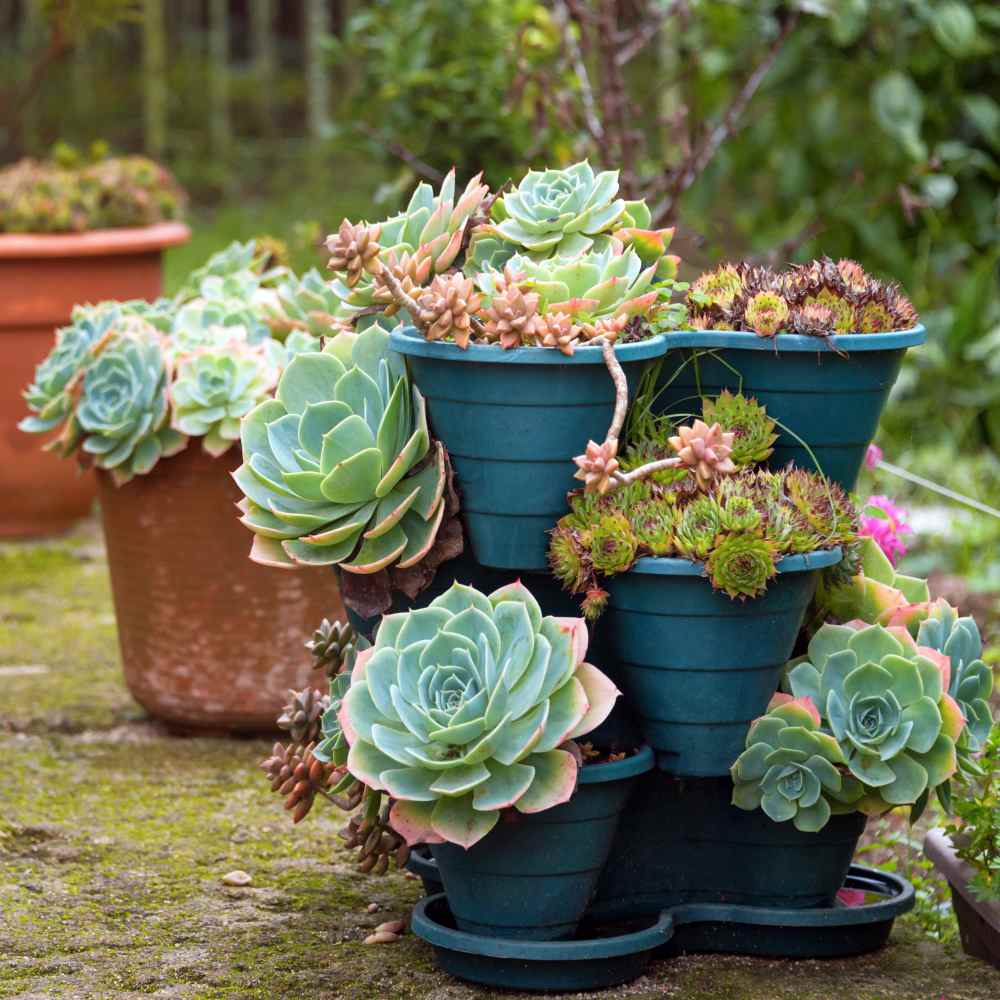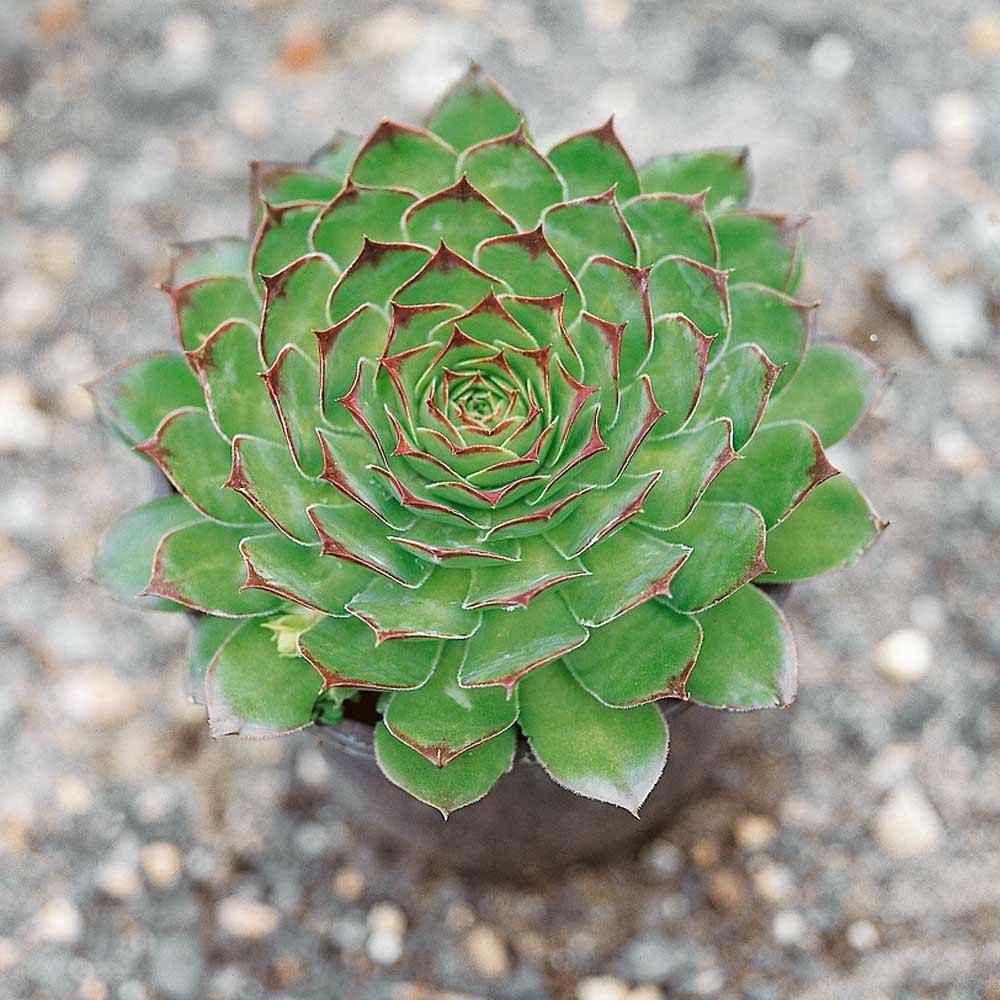
Cactus Planting Guide
Quick Facts About Cactus
Cacti plants reduce radiation and bacteria in the air while also improving airflow. At night, the plant absorbs carbon dioxide to release oxygen and can also aid in good sleep when placed in a bedroom.
Planting Time
Start seeds indoors 8 - 10 weeks before last frost if your desire is to have the cactus in your garden. If growing for a house plant anytime of year is ok as long as you are able to keep the seed warm and in bright light for germination.

Planting Location
Plant in full sun with well drained soil.
How to Plant Cactus
- Start seeds indoors 8 - 10 weeks before last frost.
- Use soil that is formulated for Cactus.
- Moisten the soil well and fill pots. However, you do not want any standing water in your container.
- Gently press the Cactus seeds into the soil, but do not cover them.
- Cover the pots with plastic to hold in the moisture.
- Once seedlings sprout, ensure they receive plenty of light by placing them on a sunny windowsill or positioning them 3-4 inches below fluorescent plant lights that are switched on for 16 hours daily and off for 8 hours at night. Adjust the lights as the plants grow taller. Avoid using incandescent bulbs as they generate excessive heat. Remember, most plants need a period of darkness to thrive, so do not keep the lights on for 24 hours.
- As the Cacti seed germinates, gradually loosen the plastic and take it off the pots over a period of a couple of days.
- Seedlings require more water than adult Cacti plants, so spray the seedlings every few days and as they grow, reduce the amount of water to every few weeks.
- It typically takes between 6 months to 1 year for a cactus to grow to the size of a large marble. When it reaches this stage, it is advisable to transfer the cactus to a larger pot. Similar to other potted plants, confining a cactus in a container that is too small can lead to nutrient deficiencies, stunting its growth and potentially killing your plant.

Care And Maintenance
- To repot your cactus, use sturdy gloves or a spade to remove the entire plant, roots and all, from its growing medium. Place it in a new, larger container with a the same type of soil, pack the soil around the cactus, and water.
- As your cactus grows above ground, its roots will also expand. With time, as the cactus grows larger, which may take several years, it might require repotting on multiple occasions. Given that transplanting can be stressful for plants, it's crucial to let your cactus "recover" after each repotting. Instead of placing the repotted cactus in a sunny spot, consider keeping it in a shaded or partially shaded area until its roots regain strength. Slowly reintroduce the cactus to sunlight over a period of about a month.
- As a general rule, it is best to allow the soil to completely dry out before watering your plants. Depending on the temperature, this could mean waiting for a month or even longer between waterings. Overwatering can result in issues such as root disorders, which may eventually lead to your plant dying.
- Cacti grow slowly, but you can boost their growth in spring and summer by lightly applying fertilizer or plant food. Unlike other plants, cacti need minimal fertilizer. Consider using a diluted liquid fertilizer solution once a month. Combine a small amount of liquid fertilizer with an equal amount of water, then use this mixture to water your cactus every second or third watering.
- Etiolation is a condition where a plant grows pale and weak due to insufficient light exposure. Etiolated cacti often appear thin, fragile, and have a pale, light-green hue. The affected part of the plant tends to lean towards any nearby light source. While existing etiolation cannot be reversed, future occurrences can be prevented by ensuring the plant gets an adequate amount of sunlight. However, it's not advisable to suddenly expose an etiolated cactus to intense, direct sunlight. Gradually increase the plant's sun exposure each day until its growth returns to normal. Rapid exposure to intense sunlight can stress any plant, but for an etiolated cactus, it can be fatal.
- Natural corking typically begins at the plant's base and may gradually spread upwards. If corking initiates from a different location on the plant, it could indicate an issue. For example, if the top and sun-exposed side of a cactus show signs of weathering but the base does not, it might suggest excessive sun exposure rather than natural corking.




































